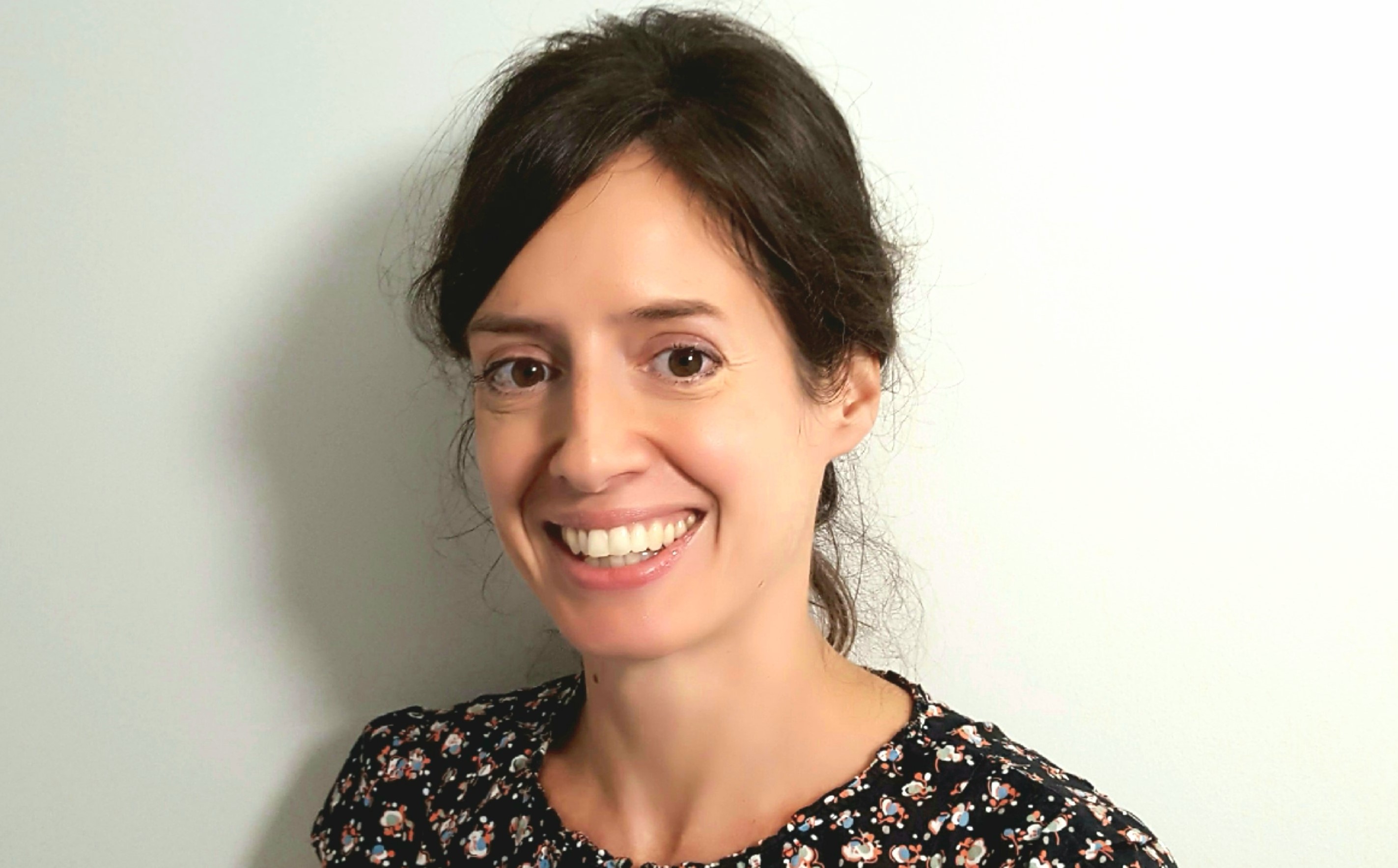EPI Senior Researcher Emily Hunt shares her own experience of negotiating England’s school admissions system in recent months, shining a light on how the system works against many families and is serving to exacerbate inequalities in education.
Choosing schools is a tricky business at the best of times, knowing your decision will shape the experiences of your child for years to come. It requires effort to collect and process complex information about schools, as well as tough trade-offs between various attributes.
But choosing schools during a pandemic is particularly challenging, with many schools, understandably, having to close their gates and deny parents the chance to look around.
As Senior Researcher on School Choice at EPI with a son due to start Reception in September, my experience has bridged two distinct perspectives. How did my experience as a parent trying to navigate the system during extraordinary times fit with my knowledge of the evidence base on school choice?
Here are a few reflections from this unusual vantage point.
Firstly, we are spoilt for schools data in England. If you know where to find it, and can escape CBeebies for long enough, it is easy to get hold of rich data which allows you to compare schools’ performance, Ofsted grades, diversity of intakes, funding and so on, all whilst filtering on distance from your front door. Naturally I filled my boots and knocked-up a spreadsheet – so far, so good – but talking to other parents confirmed this wonkery was not the norm.
This is borne out by survey data from the Millennium Cohort Study which finds that among parents choosing primary schools, fewer than half mention school performance as an important factor, well below the proportion citing home-school distance, having a ‘good impression’ of the school, and whether siblings attend. And as any teacher will tell you, no amount of data can substitute for actually being able to look around a school, talk to its staff and pupils, soak up its culture and get a feel for how your child might fit in. With only one of the schools we approached able to let us look around due to Covid restrictions, I began to regret not having started our school choice homework earlier.
Individual choices have wider consequences
Secondly, to many families having the option to choose three schools on the application form may sound like more than enough. This is especially true for those families living in isolated areas for whom even the ‘local’ school is a trek. Indeed, our own research using secondary school preferences data shows that more parents nominate only one school than any other number and around 70 per cent nominate fewer schools than they’re allowed by their local authority.
After some deliberation, our third choice became our catchment school – a solid school nearby that we knew we could get into. But for other families, opting for this could mean sacrificing a better school that is further away in order to play it safe with the last remaining slot on their application form.

This safety–first approach is entirely rational, but unhelpful. At a system level, going for the default local school rather than a preferred one further afield needlessly entrenches neighbourhood segregation, when school choice has the potential to alleviate it. It also means that those schools with more of a captive audience have less incentive to raise their game.
There is, however, an easy, low-cost fix, as advocated by some prominent school choice academics. Why not simply allow all parents the option to apply to more schools – say six, as is the case in about a third of local authorities. Some may argue this would add further computational burden to an already stressful process and be ignored by the majority who don’t currently utilise all their preferences. But for the remainder, it should result in more pupils being assigned to a school of their choice, rather than their ‘play it safe’ school.
Are families’ preferences really their true preferences?
This speaks to a bigger and more fundamental point about school choice. As researchers, we often ask ‘what does success look like’ to get a sense of how far the status quo is from this ideal. But with school choice it is surprisingly hard to know what a successful outcome looks like.
At face value – and I admit I’ve tripped myself up over this in the past – it seems reasonable to equate families getting into their preferred schools with success. When the Department for Education and the popular press tout figures that over 95 per cent of families receive an offer from a preferred school, that sounds like a good thing, right?
But what this statistic overlooks is that applications may merely reflect the set of schools that can be reasonably accessed, not true preferences: why bother applying to a school that you stand no reasonable chance of getting into in the first place. Nor does it tell us anything about the quality of the school offered. All of this is a concern because there isn’t equal access in the first place.
Inequality by design
One of the key ways in which unequal access arises is actually created by education policy rather than mitigated by it – namely through what’s known as the proximity criterion.
When schools are oversubscribed – typically the good ones – priority is nearly always given to those who live closest, at least among non-selective schools. This makes some sense, particularly at primary age, if you want to limit how far pupils have to travel to school and create a sense of community.
But by directly linking the chances of getting into popular, good, schools to distance, it prices out families who cannot afford to live nearby. Disadvantaged families can also be priced out in other, more subtle, ways such as expensive school uniforms and school trips.
Weakening this link will never be popular among middle-class parents who stand to lose out which might explain why, in the words of Sir Kevan Collins, school admissions is the ‘elephant in the room’ in social mobility policy debates.
So how did it go for us? Well, after resisting checking the email which was due at midnight, I finally caved at 1:30am, found it in my junk folder glowing in the dark and promptly discovered we got our second choice. This led to something of an emotional rollercoaster. Initially, it is fair to say we were disappointed. Our son, who’s a sensitive soul, has no friends going there and we now face a car journey rather than a short walk. However, it is by no means the end of the road. Like other families who miss out on their preferred school, there is still the option to appeal or go on a waiting list.
Our own research shows that among families in this boat, around 15 per cent successfully appeal or use a waiting list to access their first preference school after the initial offers round. This ‘indirect’ route to a preferred school can be a huge relief to those involved.
But our research also finds that it further widens inequalities in school access and increases social segregation. For pupils in the least deprived areas, the odds of securing a first choice school through the appeals and waiting lists system are twice as high as those living in the most deprived areas.
Families from deprived areas face an uphill battle
How so? There could be several reasons, including some families having the knowledge and confidence to navigate a potentially daunting process. But a key one, again, comes back to the proximity rule. Waiting lists are governed by the same criteria as the initial offers round, not first-come-first-served. This confers a ‘double disadvantage’ on families who cannot afford to live near to popular schools: they are less likely to be admitted at the offers stage and through later stages of the allocations process.
With a bit of reflection time, my main takeaway is that being plugged into the data and evidence on school choice might demystify the process but it doesn’t make it any easier, less stressful or emotional. Like many other parents, I have been well outside of my comfort zone. And that’s bearing in mind we’re one of the lucky ones who’ve received a top three offer – and our offered school is still a great school by all accounts.
The families we really need to be thinking about are those for whom there isn’t really ‘choice’ in the application process at all. Government policy isn’t working for these families and school admissions are now long overdue for a review.

